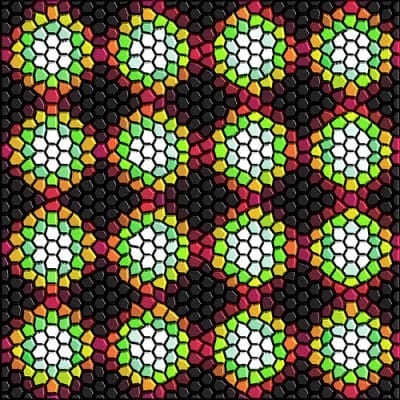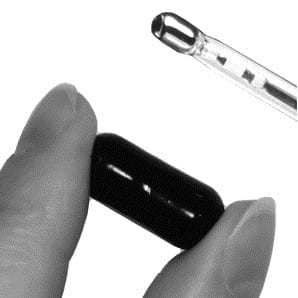
But in an ideal superconductor, no electricity is ever lost.
A team of researchers from Russia, Spain, Belgium, the U.K. and the U.S. Department of Energy’s (DOE) Argonne National Laboratory announced findings last week that may represent a breakthrough in applications of superconductivity.
The team discovered a way to efficiently stabilize tiny magnetic vortices that interfere with superconductivity—a problem that has plagued scientists trying to engineer real-world applications for decades. The discovery could remove one of the most significant roadblocks to advances in superconductor technology.
Superconductors are extremely useful materials, given that modern society involves moving a lot of electricity around. Each time we do it, whether it be along the cord from the outlet to your lamp or in the millions of miles of power lines strung across the country, we lose a little bit of electricity. That effect is due to resistance in the wires we currently use to transport electricity. Even a pretty good conductor, like copper wire, loses some electricity due to resistance.
But in an ideal superconductor, no electricity is ever lost. If you set up a loop of perfect superconducting wire and added some current, it would circle that loop forever. Superconductors are the secret behind MRI machines, Maglev trains and improved cell phone reception.
The problem is that superconductors have to be cooled to do their thing. Even the “high-temperature” superconductors already discovered have to be chilled to -280° Fahrenheit. That creates a lot of engineering and logistical problems.
In the long run, scientists are hoping to develop superconducting materials that would operate closer to room temperature. That would be a major achievement—though it is generally still thought to be a long way off.
In the meantime, there remain key problems of superconductivity that need to be solved even in the low-temperature environment.
The Latest Streaming News: Superconducting updated minute-by-minute
Bookmark this page and come back often
Latest NEWS
Latest VIDEO








